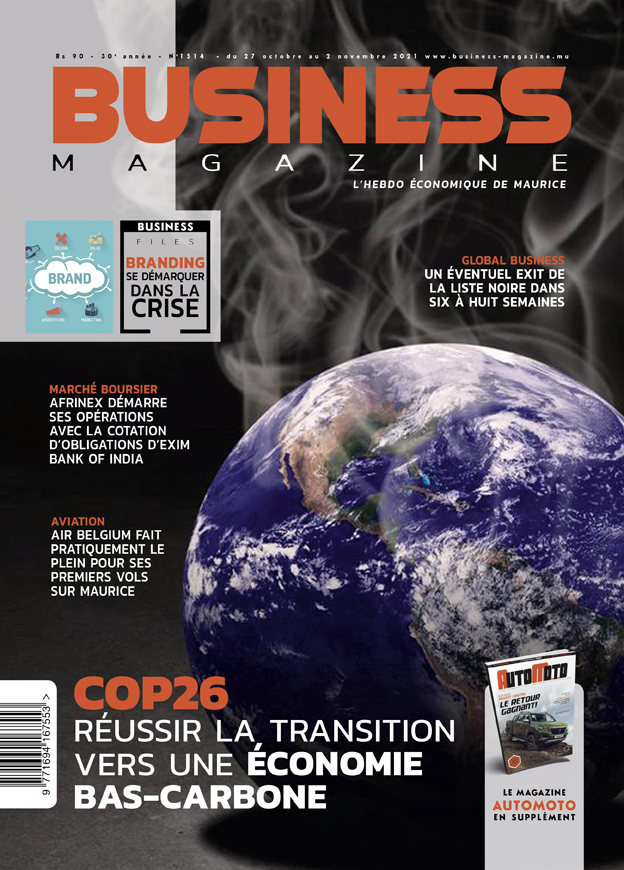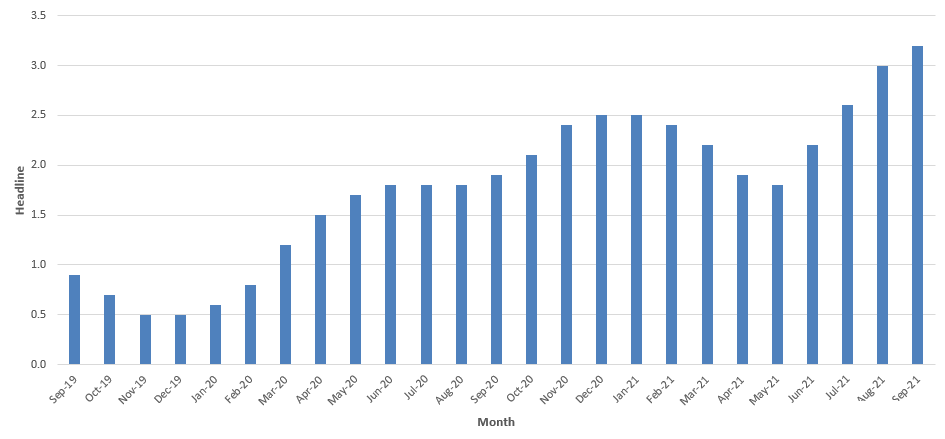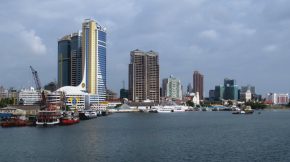Global trade is poised for sustained recovery
Share

Global trade is on the road to recovery. Merchandise trade growth is set to regain its pre-financial crisis vigour over the next two years, accelerating from 2.5 per cent in 2013 to 8 per cent in 2016, driven by the strengthening recovery in the US and Europe, and the long-term expansion of emerging economies, particularly in Asia and Latin America.
A survey of 5,800 importers and exporters from 25 countries indicates a new optimism after years of desultory growth, but it is tempered by caution. The recovery of Western markets looks strong even if it is not as fast as some would wish, but emerging markets face a number of structural challenges and remain more exposed to geopolitical risks such as the ongoing uncertainty in Eastern Europe and the Middle East.
But the long-term prospects remain bright, with HSBC’s current Trade Forecast predicting that global merchandise trade will almost triple by 2030, and it will be driven largely by emerging markets.
Whatever the short-term challenges facing emer-ging markets, not even the pessimists doubt their vitality and ability to rebound from setbacks, and it is that vitality which is both driving long-term trade growth and chan-ging the architecture of global trade itself.
The story is told in the data. Year-on-year merchandise trade has grown on average less than 1 per cent (0.98%) a quarter since the beginning of 2008 in deve-loped economies and more than 4 per cent (4.03%) in developing economies. The difference between the two numbers represents the growth in trade between developing nations and is being driven by two self-reinforcing trends: the increasing atomisation of global supply chains and the rise of the emerging market consumer.
Improvements in logistics management, transport and financial services have allowed the creation of ever-more sophisticated supply chains. Today 66 per cent of imports from China by the 10 members of the Association of South East Asian Nations and 58 per cent of China imports from ASEAN are intermediate goods.
And where these would once have been bought together to create a product that would have been shipped to markets in Europe and North America, today that is only part of the story. The prosperity that manufacturing has brought to emerging markets is turning their citizens into consumers in their own right.
We estimate that some 2.6 billion people will join the middle class by 2050, when today’s emerging markets will account for two thirds of global consumption, up from one third today.
The impact of this seismic shift is already been reflected in global trade patterns. For most of the last 40 years, trade has been predominantly one way: customers in developed nations buying products made in developing nations. Today, the world is spanned by a web of increasingly strong so-called South-South links: a steel mill in India feeds a parts manufacturer in Vietnam, which supplies an assembly line in Mexico, which sells the finished product to a Brazilian customer.
And the implications for the future are intriguing. As emerging markets manufacturers move up the value chain – pushed by higher wages and pulled by greater consumer spending power – their cost advantages are becoming less important. Some companies are already “re-shoring” production to developed economies, and there is no reason that some day in the not too distant future more manufacturers in developed economies cannot play a full and lucrative role in global supply chains.
The opportunities presented by the simultaneous diversification of both supply chains and markets are accompanied by significant challenges. New and unknown suppliers and customers, greater complexity, and finer margins all require managing, but with the right partners and the right planning none are insurmountable.
The trend towards South-South trade is particularly clear in countries like India. Trade between India and Africa grew by an average of almost 32 per cent a year between 2005 and 2011, and McKinsey estimates that it could reach $160 billion by 2025. It is clear that trade between emerging markets frequently provides more appropriate solutions in terms of technology that values simplicity and robustness over sophistication.
In some ways, the diversification of trade makes the global economy more robust because the collapse of any single element is unlikely to drag down the whole significantly, but it relies on the smooth running of a complex meshing of logistics, transport and communications, all of which are vulnerable to natural disaster, the vagaries of geopolitics and misunderstanding.
Natural disasters will forever remain beyond the reach of economics, but as the network of trade links draws more and more countries into mutually beneficial relationships, the rising economic costs of geopolitical clashes make confrontation less likely.
Trade is the lifeblood of the global economy, spreading wealth from rich consumers to poorer producers, spurring growth through innovation and improvements in productivity, and creating new opportunities for new generations.
Trade growth is always vulnerable, but we believe that the recovery of global commerce over the next 15 years will both bring prosperity to an unprecedented number of people and contribute to a more stable world.

















